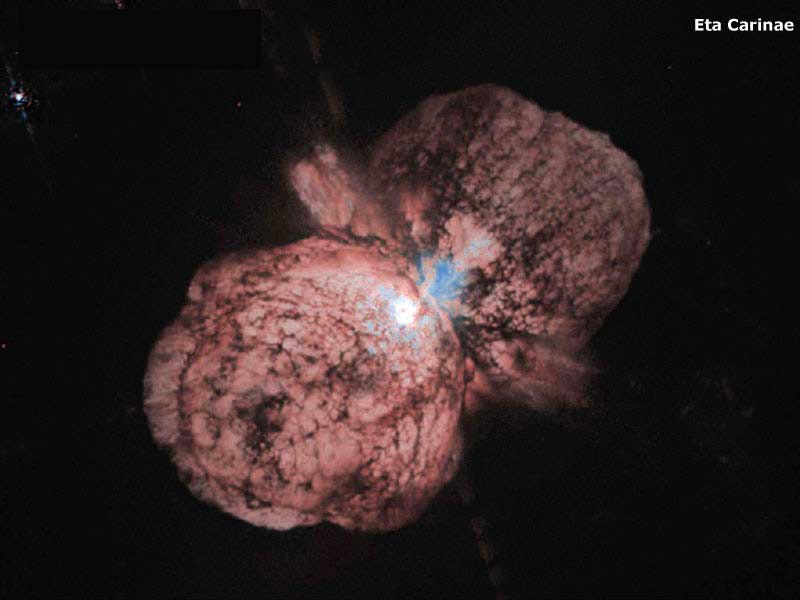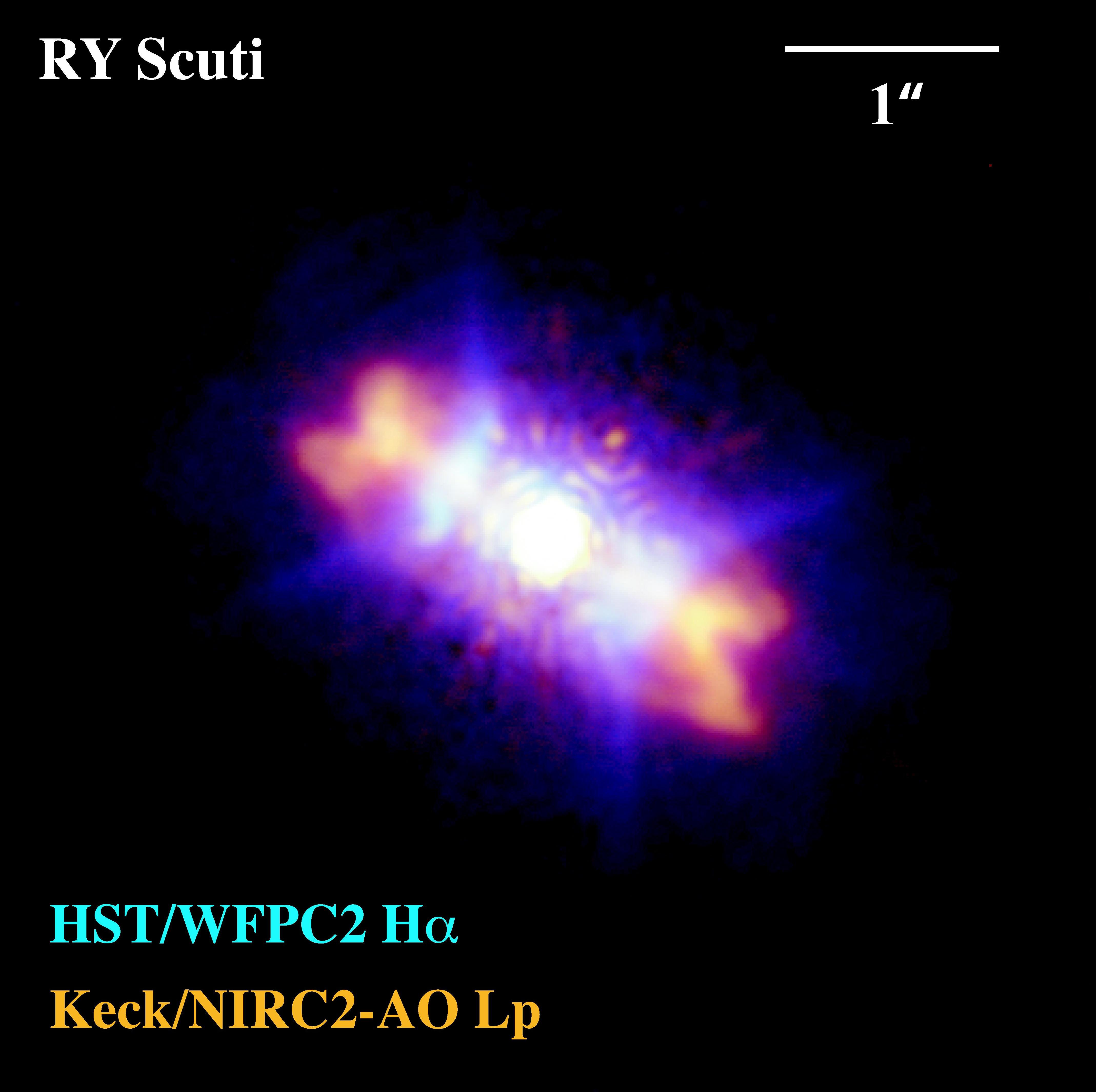





The type of death a massive star undergoes depends on how much mass it loses before its core ceases to produce nuclear energy. Predicting stellar deaths would be easy if we knew how much mass massive stars lost while they were still main-sequence and post-main-sequence stars...but we don't!!
The goal of our
summer will be to identify massive stars that have run away from
their birth locations at high velocities.
Such stars move supersonically through the interstellar
medium and create bowshock nebulae. These nebulae can be used to
measure the mass loss rates from massive stars, but first we need to know the
type of the star and its speed through space. Using the power of citizen science and the
zooniverse we will make the first all-sky
sample of runawys massive stars that produce these spectacular bowshock nebulae.
Our team of professors and summer students will conduct an intensive spectroscopic observing campaign using the 2.3-meter Wyoming Infrared Observatory telescope to measure the temperatures, masses, types, and velocities of stars that create bowshock nebulae. These are the essential ingrediants to measure mass loss rates and predict the types of remnants they will form. REU summer students will learn to observe (and be able to do a LOT of observing!) with a major telescope facility, learn common astronomical software (IRAF, IDL, Python, LaTeX, html) to reduce spectroscopic data, learn specetral analysis and orbital parameter fitting (the same techniques used to find radial velocity planets).